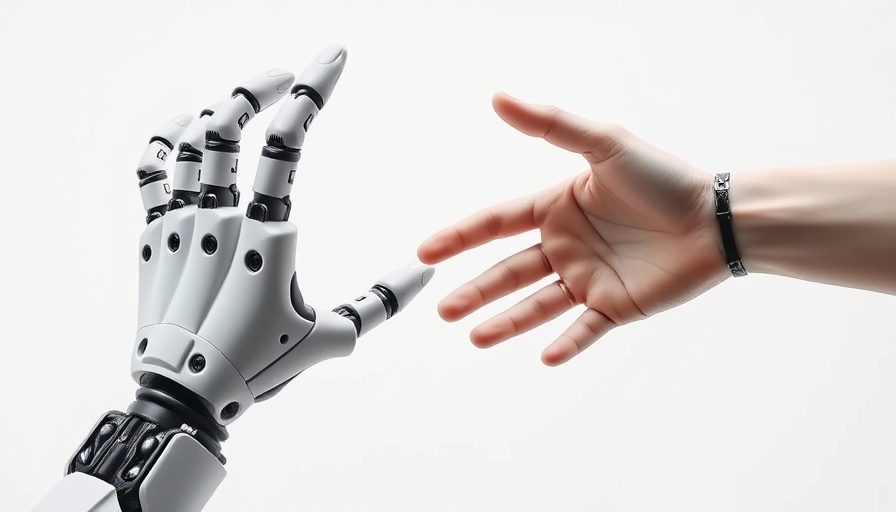
How SynthID Detector is Changing the Game for AI Content Identification
As technology continues to evolve, the integration of artificial intelligence (AI) into creative processes has rapidly transformed various industries. With tools like Google’s SynthID Detector, the challenge of distinguishing between genuine and AI-generated content has become immensely easier and more accessible. This portal not only identifies AI-generated materials but also enhances the transparency around their use, addressing growing concerns around misinformation and digital authenticity.
The Need for Transparency in AI
In a world increasingly dominated by AI advancements, content creation is undergoing a radical shift. From text and audio to images and videos, the outputs of generative AI are becoming more indistinguishable from human creations. This raises critical questions about authenticity and trust. The SynthID Detector provides a frontline defense against misinformation by indicating whether content has been watermarked with SynthID.
As crowdsourcing information becomes commonplace, it’s vital to ask: How can we ensure we’re working with credible sources? By utilizing SynthID technology that embeds imperceptible watermarks, creators and consumers alike can verify the origin of the content they engage with, fostering a more informed digital environment.
How SynthID Detector Works: A Step-by-Step Guide
Using the SynthID Detector is straightforward, allowing users to upload content and receive real-time results. Here’s how it works:
- Upload Content: Users can upload various media formats created with Google’s AI tools.
- Scan for Watermarks: The portal then scans the media to ascertain if any portions carry a SynthID watermark.
- View Results: Results are presented highlighting segments of the content that contain the watermark, providing users with insights into the authenticity of the media.
This user-friendly approach ensures that professionals across diverse fields, including journalism and research, can access credible content quickly.
The Broadening Scope of SynthID Technology
Since its introduction, SynthID has expanded from detecting imagery to encompass text, audio, and video content. With partnerships forged with industry leaders like NVIDIA and GetReal Security, the impact of SynthID is set to widen further. Developers around the world are encouraged to integrate SynthID’s text watermarking into their own projects, encouraging a collaborative effort towards identifying AI-generated content.
The open-source nature of this technology invites innovation while simultaneously creating a more robust detection ecosystem. As the complexity of AI algorithms evolves, so too does the necessity for effective verification methods.
What This Means for the Future: Implications and Opportunities
The launch of SynthID Detector signifies a critical step in managing the ethical considerations surrounding AI's role in our lives. As industries invest in AI applications rising across sectors from marketing to healthcare, a mail of trust must be established between creators and users. This not only promotes accountability but also enhances the collaborative role of human and AI systems in the creative process.
As more people gain access to these powerful AI tools, the potential for misuse grows, making it essential for industry leaders to prioritize ethical AI practices. The SynthID Detector represents a model for responsible technological development, reinforcing the idea that innovation and ethical oversight can exist concurrently.
Conclusion: Join the Movement towards Verified AI
The introduction of synthID Detector opens a gateway for consumers and creators to navigate the complexities of AI-generated content. As we advance into an era where AI can creative indistinguishable media, the need for transparency becomes paramount. Journalists, developers, and educators are encouraged to join the SynthID movement, using the tool to contribute to a future where content authenticity reigns.
 Add Row
Add Row  Add
Add 




Write A Comment